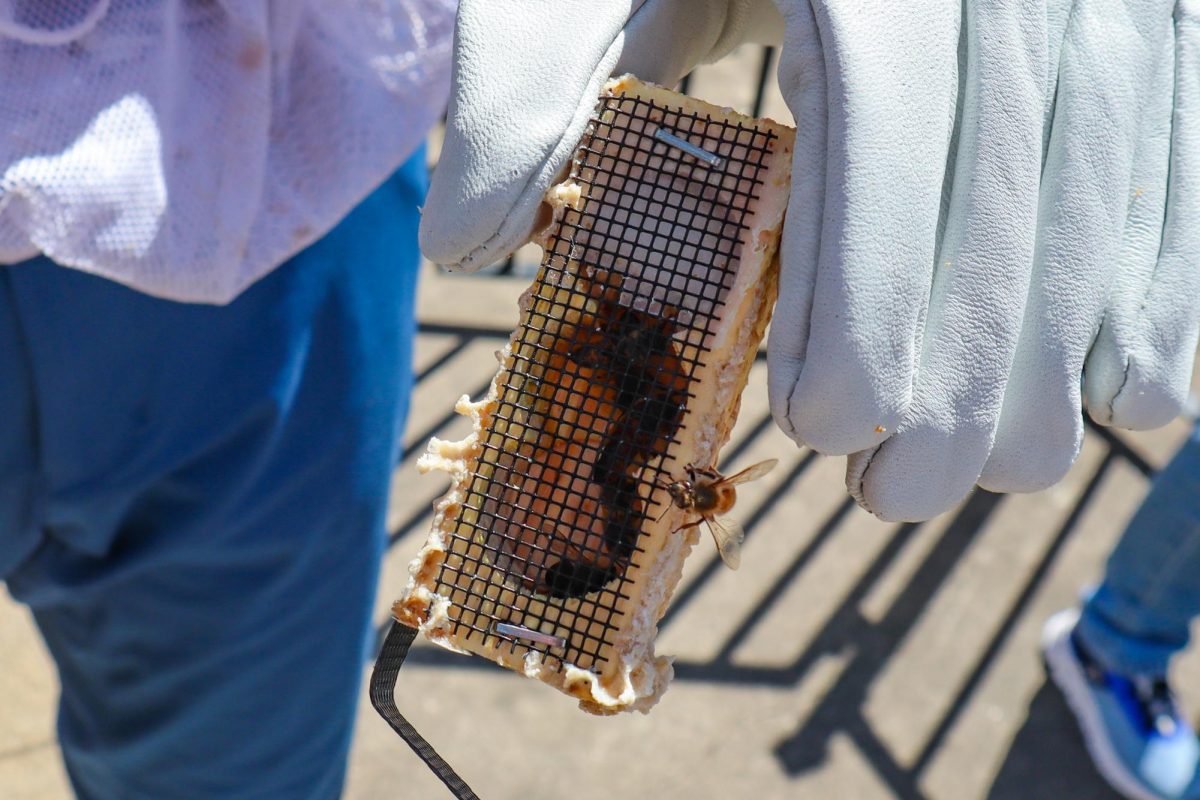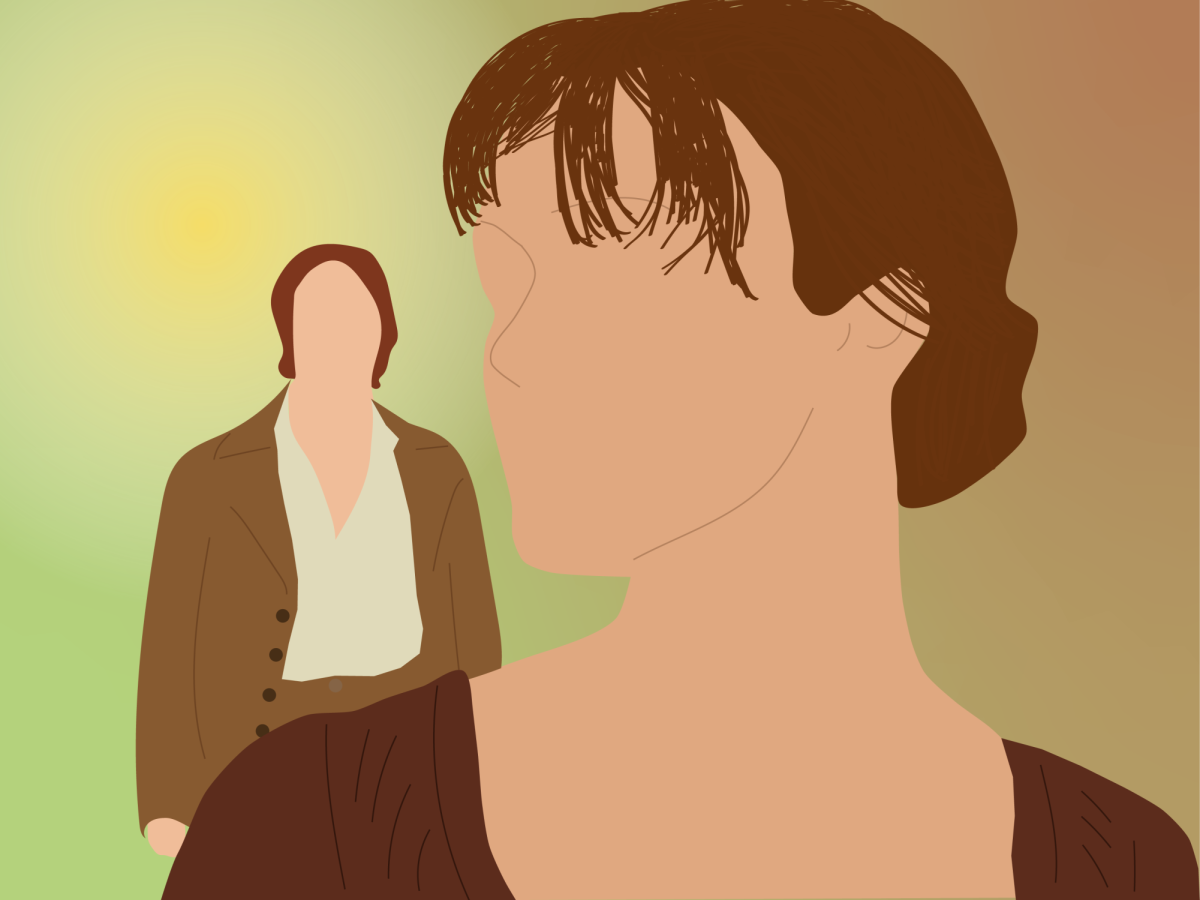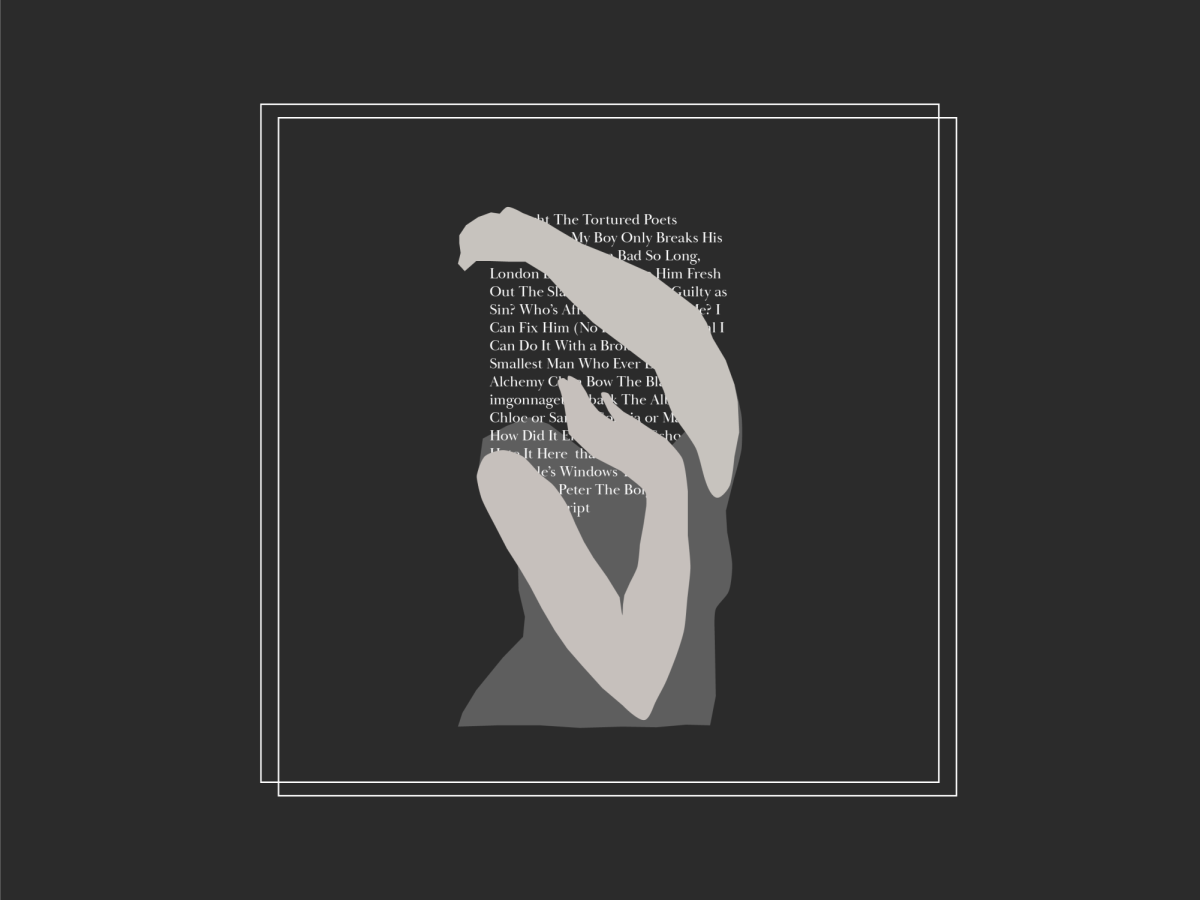
By Mary Whitfill, News Staff
A love triangle danced its way across the stage of the Boston Opera House as the Boston Ballet performed “La Bayadère,” the first opera house performance of the company’s 50th season.
“Boston Ballet has much to celebrate as it turns 50,” Barry Hughson, executive director, said in a press release. “The organization is seeing strength on all levels, from the stage to the boardroom.”
A chilling tale of betrayal and unrequited love, “La Bayadère” – “The Temple Dancer” – fills the stage with stunning sets, tiger hunters and Indian royalty, creating hypnotizing imagery that, at times, overtakes the powerful plot.
St. Petersburg, Russia welcomed the first performance of “La Bayadère” in 1877, the same year and city where “Swan Lake” debuted and went on to be performed on every major ballet stage across the world. Set in ancient India, the Boston Ballet’s newest performance shares the same romantic charge as the dark classic.
“‘La Bayadère’ is a feast for the senses,” Mikko Nissinen, artistic director, said in a statement. “Complementing the technical qualities of our dancers is an intriguing love story, set in the vibrant and exotic India and performed to a beautiful score by Ludwig Minkus. It is the quintessential classical ballet.”
The High Brahmin, a person of high social standing in ancient India, declares his love for Nikiya, the most beautiful of the temple dancers, at the beginning of the three-act performance. However, Nikiya has already pledged eternal love to Solor, a warrior, so she rejects his advances and the jealous High Brahmin vows to kill Solor.
Within the palace, the Rajah, or monarch, is impressed by Solor’s heroism and offers him the ultimate prize – his daughter Gamzatti. Overwhelmed by her beauty and apparent love for him, Solor agrees to marry Gamzatti, but is torn when he remembers the love he has sworn to Nikiya.
The second scene of Act I includes the High Brahmin telling the Rajah of their secret love, hoping the king ruler will execute Solor, but the Rajah pledges to kill Nikiya instead, leaving Solor to marry his daughter. Gamzatti overhears her father’s plan and in attempts to intervene, meets with Nikiya who tries to kill her to protect her love.
The first act is filled with dynamic plot points, skillfully introducing the viewer to each character and weaving a complicated fabric of how their lives intertwine. With elaborate sets but simple costumes and dramatic dances, Nissinen, artistic director, is able to portray the story in a way that doesn’t leave the viewer questioning the plot.
Act II begins in the palace garden, where Solor and Gamzatti are awaiting their marriage. The wedding features an array of dance performances, and Nikiya is ordered to dance. At the Rajah’s request, Nikiya is presented with a basket of flowers with a hidden snake inside and Nikiya is bitten. Solor and Gamzatti flee and a heartbroken Nikiya refuses the antidote that would save her.
This, it would seem, serves as a complete story and an ending to a very dramatic and well-done piece with dynamic characters and mesmerizing performances.
However, a third act follows a second intermission, in which Solor, destroyed by guilt and grief smokes opium. He then falls into a dream, which consists of multiple large dance numbers, featuring 20 to 30 dancers. Choreographer Florence Clerc did a beautiful job of showcasing elaborate outfits, and featuring certain soloists, but none of the dances contributed to the plot in any way. However, they were fun to watch and gave slight relief from the intense plot.
Towards the end of the act, the imagined spirit of Nikiya forgives Solor and he follows her into the Sacred Forest, personifying forgiveness and love.
“La Bayadère” runs at the Boston Opera House until Nov. 3. The ballet’s next show, “The Nutcracker,” begins Nov. 29.













